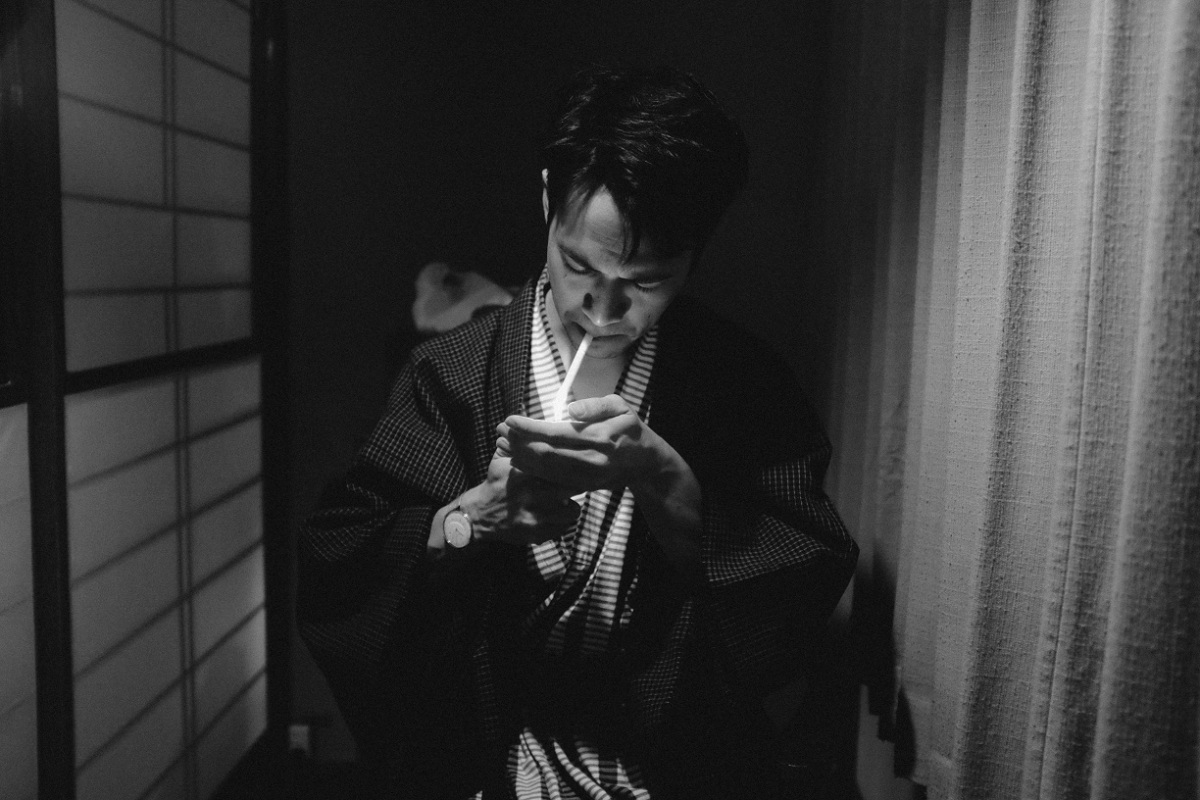A youtube video which talks about the koan on whether the dog still has Buddha-nature or not.
Category: buddhism
Rationalization
Alice thought to herself, of course she could give up shopping, but – she’s not a quitter.
Wisdom of contemplation
One problem we face in religions these days is that it has become more talkative than contemplative.
But you can’t be told wisdom. You can only discover it yourself, through contemplation.
Delusion
Katsuro is excellent at quitting smoking. In fact he’s so good, he’s quit smoking at least 15 times.
What kind of bird is that?
One kid says to me, “See that bird? What kind of bird is that?”
I said, “I haven’t the slightest idea what kind of a bird it is.”
He says, “It’s a brown-throated thrush. Your father doesn’t teach you anything.”
But it was the opposite. My father had already taught me: “See that bird?” my father says. “It’s a Spencer’s warbler.” (I knew he didn’t know the real name.) “Well, in Italian, it’s a Ciutto Lapittida. In Portuguese, it’s a Bom da Peida. In Chinese, it’s a Chung-long-tah, and in Japanese, it’s a Katano Tekeda. You can know the name of that bird in all the languages of the world, but when you’re finished, you’ll know absolutely nothing whatever about the bird. You’ll only know about humans in different places, and what they call the bird. So let’s look at the bird and see what it’s doing – that’s what counts.” (I learned very early the difference between knowing the name of something and knowing something.)
– by Richard Feynman
Suffering
Steve is in the office. He is suffering. A passer-by bumped him in the chest an hour ago.
The incident disturbed and enraged him so much that he kept revisiting that split-second experience in his mind just to curse the offender.
His chest doesn’t hurt. He has a headache.
Desire
Bob is sick of his desire – “Why am I always craving for things I don’t have?”
The way of the river
A river is not a substantial thing; it is a process. No two rivers are the same and the same river is always different.
Names and labels recall in our mind a prototype, a definition, a stable entity, thus creating the illusion of permanence when all of reality changes – continuously, simultaneously, spontaneously.
The same self we were as a child
Despite the continuous change of our body over time, there is also a continuous sensation of self that remains present throughout our life. It is the same even when we were a child. And it is this same constant sensation that allows us to connect to our younger selves in memory. Thus the impression: I am essentially the same person.
What is this constant presence then that stays seemingly unchanged over the years?
Pure consciousness – like the awareness of awareness.
The inn
The guest stops at an inn where he passes the night, and as soon as he has done so, he packs and continues his journey because he has no time to stay longer.
As to the host of the inn, he has nowhere to go. He has to stay.
This is how you distinguish the host from the guests. The host stays; the guests go.
– adapted from Ajnata-Kaundinya’s sharing








